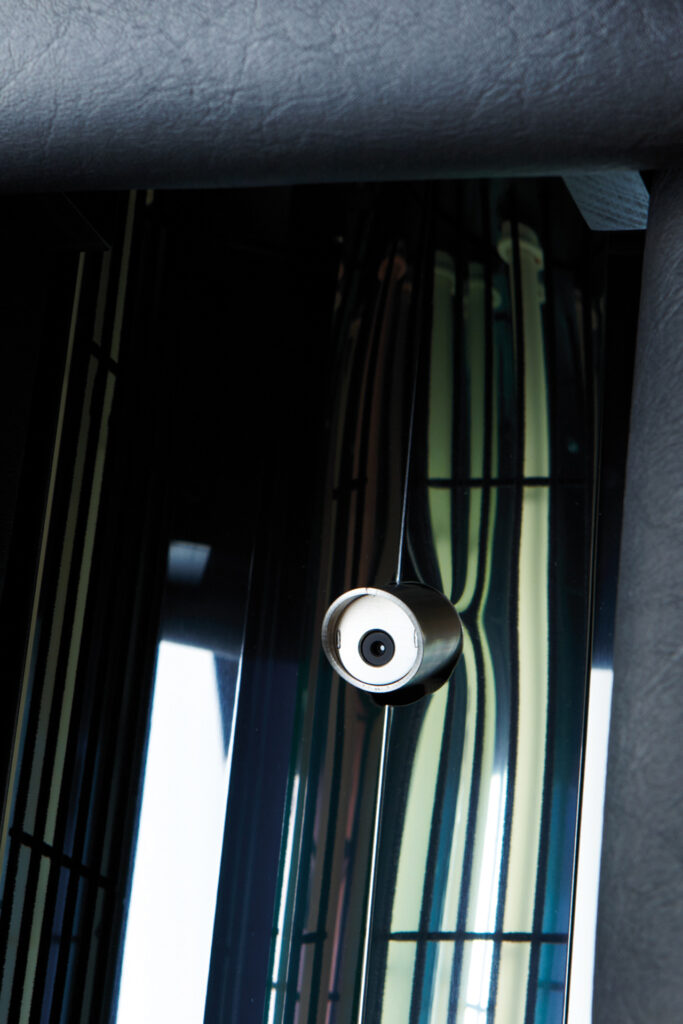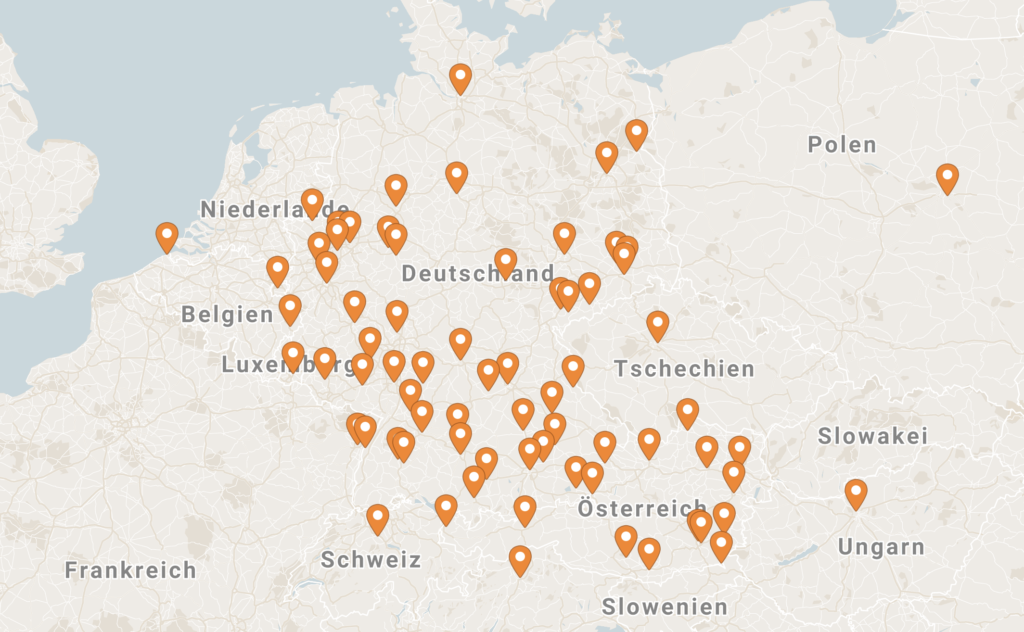Infrared
What is infrared
Translated, the prefix "infra", which comes from Latin, means "below". The word "infrared" thus makes it clear that it refers to a range of electromagnetic radiation that lies below the red end of the visible light spectrum. The infrared spectrum, which is invisible to us, covers the wavelength range from 780 nm to 1,000,000 nm (nanometres).
Because of its warming and soothing effect, infrared radiation is often referred to as "heat radiation".
Infrared
Special features
development
Our own system SENSOcare


SENSOcare®
With the SENSOcare technology we developed, we are revolutionising the market. It is the first infrared technology that automatically and contact-free adjusts the infrared intensity to the needs of the body.
Every person processes heat differently. Above all, the skin's ability to absorb heat is affected by many factors and the shape of the day. That is why Physiotherm has developed SENSOcare®. Sensors measure the skin temperature of your back in a contactless manner every second during use. Algorithms based on findings from clinical studies independently adjust the radiator temperature and thus the infrared intensity and spectrum to the needs of the body on the basis of these measured values. The SENSOcare® safety technology thus permanently optimises the heat supply and can protect your skin from burns. The infrared limit values (eyes and skin) are undercut.
Sensocare
Security technology

Sensocare
Heat detection


Strengthen the immune system
1 of 4Increase the blood flow
2 of 4Release tensions
3 of 4Positive influence on skin diseases
4 of 4Health through infrared
With regular use, infrared can:
...strengthen the immune system
...increase circulation and improve metabolism
...relieve tension and alleviate back pain
...positively influence the treatment of skin diseases
A stay in the Physiotherm infrared cabin is equivalent to a light cardiovascular endurance training.
If one wants to achieve a well-tolerated warming of the body, a thermoneutral environment (air temperature between 27 and 37°C) is necessary. In other words, an initial situation in which no heat is initially supplied to the body; the body is in thermal equilibrium with its environment and the blood can flow unhindered into the body's interior. If you now heat a localised area of the skin (ideally the back) of no more than approx. 10 to 12 % of the skin surface, thermoneutral blood (from approx. 90 % of the skin surface) mixes with heated blood (from 10 to 12 % of the skin surface). The heat alarm system inside the body does not kick in, the influx of this amount of heat via the blood to the inside of the body is still allowed. The core body temperature then rises continuously and slowly from the beginning. Via a change in blood flow and blood distribution, the supplied heat is then gradually distributed from the inside to the outside. This results in a warming of the entire body (body core and body shell).

